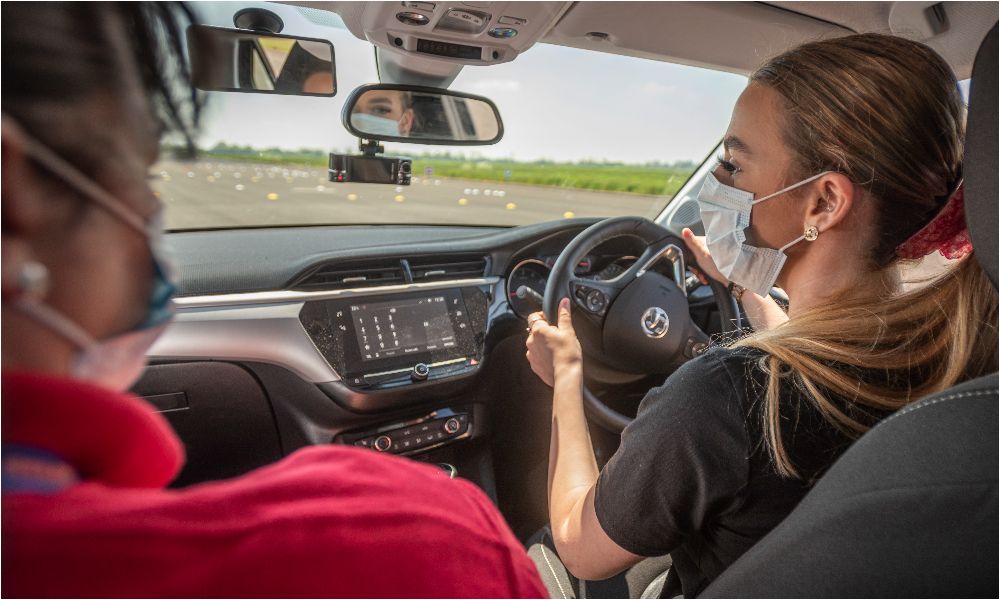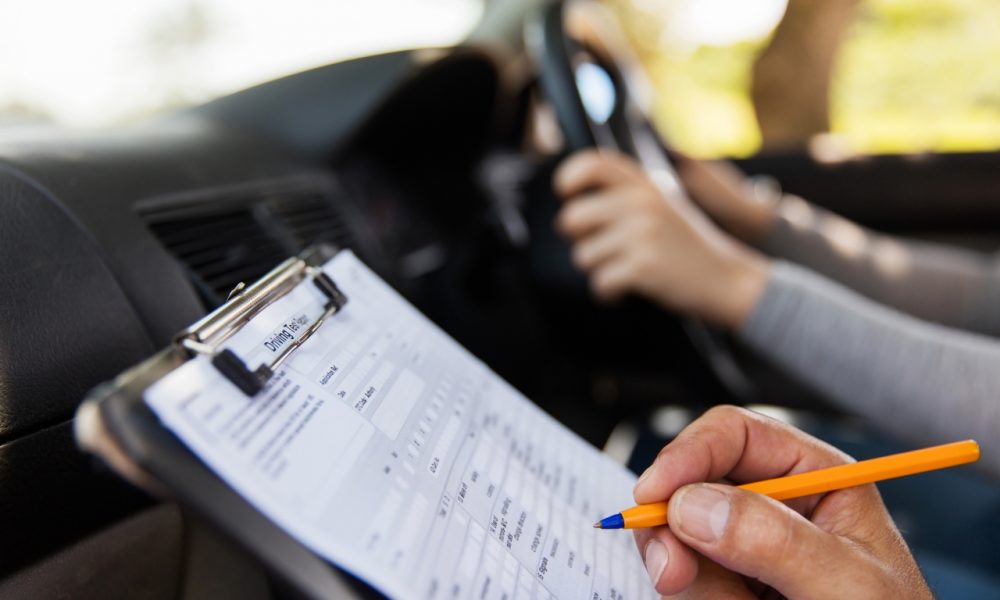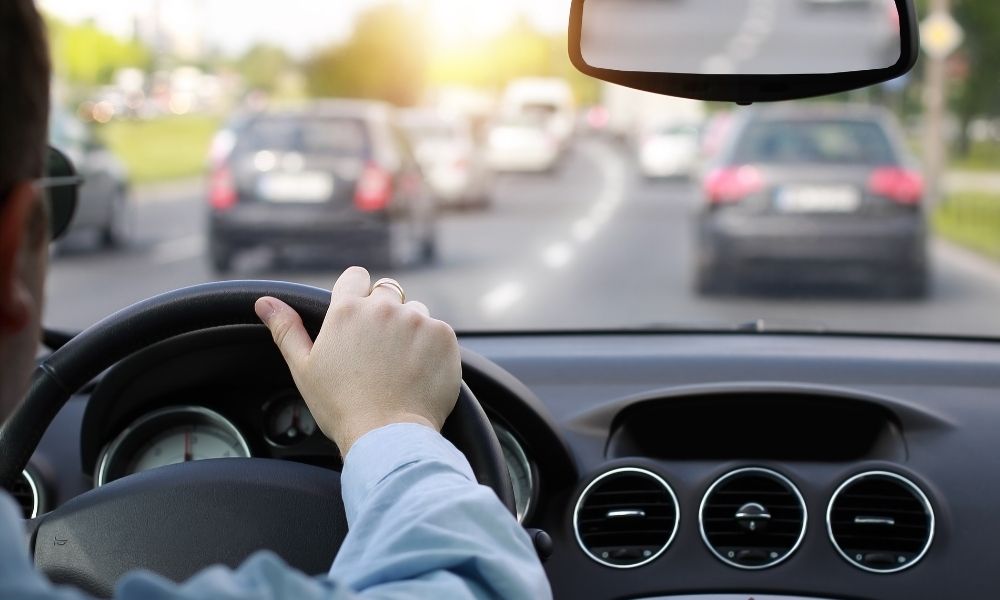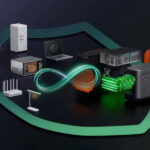Taking your driving test is a significant milestone that brings you closer to getting behind the wheel independently. However, the process can often feel intimidating, especially if you’re unsure about what to expect. This comprehensive guide walks you through every step of the drive test, ensuring you’re fully prepared for what lies ahead.
Preparing for the Drive Test
Before the day of the test, it’s essential to ensure you’ve met all the necessary prerequisites. Typically, this includes completing a specific number of practice hours behind the wheel, passing a written knowledge test, and having a valid learner’s permit. It’s also important to check that your car is in good condition for the test. Ensure your lights, indicators, brakes, and mirrors are functioning properly, as this could affect your test results if something is amiss.
On the day of the test, make sure you bring:
- Your learner’s permit
- Proof of completion of a driver’s education course (if required)
- Vehicle registration and insurance documentation
The Beginning of the Drive Test
Once you arrive at the testing location, your examiner will likely begin by inspecting your vehicle. This inspection ensures your car meets safety standards. You may be asked to demonstrate that the lights, windshield wipers, turn signals, and horn are working properly.
After the vehicle inspection, the examiner will explain the rules and expectations for the drive test. They will sit in the passenger seat, observing how you handle the vehicle and interact with traffic. You are expected to follow their instructions carefully, but it’s important to remember that they are not there to trick you. Stay calm and focused.
During the Drive Test
The driving portion of the test typically lasts between 20 to 30 minutes and covers various real-world driving scenarios. Here’s a breakdown of the key skills you’ll be tested on:
Starting the Car and Vehicle Control
You will begin the test by starting the car and entering traffic. The examiner will pay close attention to how you control the vehicle from the start, so make sure you adjust your mirrors, put on your seatbelt, and check for traffic before pulling out.
Traffic Signs and Signals
Throughout the test, you’ll be expected to obey all traffic signs and signals. This includes stopping at stop signs, yielding when necessary, and using your turn signals appropriately. The examiner will be watching to see how you interpret these signs and how quickly and accurately you react.
Lane Changes and Turns
You’ll need to demonstrate safe and effective lane changes. This includes checking your mirrors, using your turn signal, and making sure the lane is clear before moving. When making turns, be sure to use the correct lane and maintain a smooth, controlled turn.
Speed Control
Maintaining appropriate speed is a critical aspect of the drive test. Drive at or slightly below the speed limit, keeping a safe distance from the car in front of you. Avoid speeding or driving too slowly, as both can result in deductions.
Parking and Reversing
Many tests include parallel parking or parking in a lot. You’ll be expected to park within the lines, and if you’re doing parallel parking, your ability to do so efficiently and accurately will be evaluated. In addition, reversing in a straight line is often a part of the test, so practice this skill ahead of time.
Handling Nervousness and Mistakes
It’s completely normal to feel nervous during your drive test. The key to overcoming nerves is preparation. The more comfortable you are with driving, the easier the test will feel. However, if you do make a mistake, don’t panic. Not every mistake will result in an automatic failure, and many errors are minor. Stay focused and continue driving safely.
After the Drive Test
Once the driving portion is complete, the examiner will provide feedback. If you’ve passed, you’ll receive your driver’s license or a temporary one, depending on local laws. If you didn’t pass, the examiner will inform you of areas where you need improvement, and you can schedule a retest.
Remember that failing the test is not uncommon, and it’s an opportunity to improve. Focus on practicing the areas you found challenging and remain determined to pass the next time.
Conclusion
The drive test is designed to assess your ability to handle a vehicle safely and responsibly in different traffic situations. By understanding what to expect and preparing thoroughly, you can take the test with confidence. Keep in mind that staying calm, paying attention to traffic laws, and maintaining good vehicle control will set you on the path to success.












